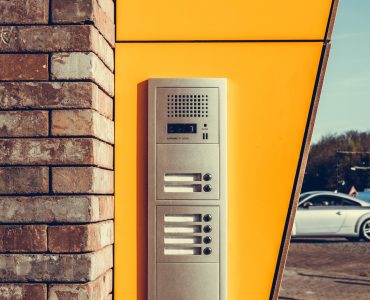Safety Guide in an Earthquake or Explosion
Some natural phenomena are devastating and put people in danger: earthquakes, explosions, etc. Here we present you these two disasters and give you the keys to adopting the right reflexes in case of occurrence.
It is not always easy to know how to react in an emergency. Here is what to do if you find yourself in one of these situations.
Earthquake: the risk areas.

In Canada, the seismic risks are not very important.
But it is not useless to prepare yourself to face a situation of this kind because there are zones at risk.
Some organizations do the survey and inform the population about these risk zones.
Houses must be constructed according to seismic standards to prevent this.
During the earthquake: ensure your safety.
If you are at home:
– Protect yourself by placing yourself under a table,
– Avoid moving around, except to get away from objects that could fall on you: as a precaution, avoid placing heavy objects high up and objects that could fall.
If you are outside:
– on foot: walk away from buildings, houses and other structures that could crush you,
– If you are driving your vehicle, park it in an open area and stay inside.
Some things to do after the tremor
Start by making sure that everyone around you is in good health and then take note of the damage (in your home, on your vehicle, etc.):
– Turn off the gas and electricity (if you are at home),
– leave the premises if you notice the start of a fire, gas leaks or an electrical problem,
– If you are in a building, leave the building and avoid taking the elevator.
If you are outside and you are not injured:
– help the victims who are close to you,
– inform the emergency services (calling 911).
Be careful! Do not enter a building or a dwelling (often damaged after the disaster) before being instructed to do so (risk of falling rocks).
Note: during disasters, instructions are often given on the radio to guide victims.
Deflagration: a blast caused by an explosion

The explosion of gas causes deflagration.
– This explosion creates a blast that travels at high speed: this is a deflagration.
– The displacement of this blast can cause significant damage to its trajectory.
– Depending on the intensity of the explosion, a blast can extend over several kilometres.
Dangerous effects: falls, wounds, blasts, injuries, etc.
It is dangerous to be exposed to a blast:
– the explosion can throw the person to the ground;
– it can cause more or less deep wounds (due to the projection of debris).
Blasts are another consequence of deflagrations:
– they are traumas linked to the proximity of a sudden increase in pressure;
– they cause tympanic lesions due to the noise created during the detonation.
Combustion effects can also occur, causing more or less severe burns to the victims.
Note: after the accident, the person exposed may also be in shock.
In the event of a blast: measures to take
If the accident is foreseeable (rarely the case), rush to a shelter, in the basement, otherwise:
– Close doors, windows and shutters;
– Move away from the windows to avoid broken glass.
But in general, blasts are caused accidentally: they are difficult to predict.
If victims are present:
– Assess vitals (check for a pulse and whether the person is breathing);
– treat wounds.
Act according to the condition of the blast victim
Here are some tips on how to handle victims of a blast:
– If the victim is conscious or in shock, with no apparent injuries, take them to the hospital;
– if the victim is unconscious, call the emergency services (call 911);
– If the victim is breathing, place them in the lateral position of safety;
– If the victim is not breathing, perform CPR.



